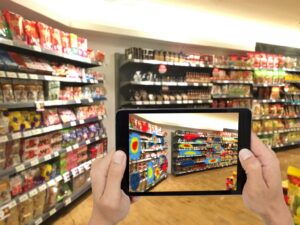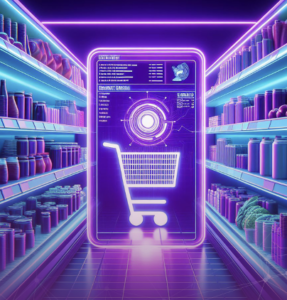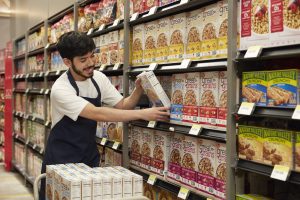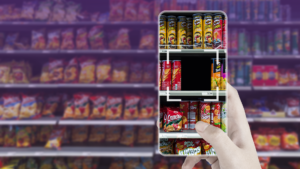The Official Trax Blog
Take your teams to the next level with actionable insights, perspectives and the latest developments in CPG and retail technology.

3 problems, one dynamic solution: How one of America’s biggest CPGs uses Trax Dynamic Merchandising across its sales operations
Trax reporting and analysis sets them apart. This coupled with their speed and the way they manage each project from start to finish with total focus on outcomes is why we used Trax DMX during the pandemic and why we plan to expand with Trax over coming years.
Read MoreLatest updates
How AI Merchandising is Changing The Retail Industry
Learn how AI Merchandising & AI Technology will reshape the retail landscape along with examples of brands that have used various types of AI.
Navigating the Evolving Retail Landscape: Insights from Industry Experts
From watching the video, gain better insights into various aspects of consumer engagement, shopper marketing, and the evolving landscape of retail, particularly in the context of digital technology integration.
The Role of AI in Optimising Shelf Space: A Deep Dive into Transforming CPG Retail Execution
In today’s rapidly evolving Consumer Packaged Goods (CPG) landscape, optimising shelf space is more critical than ever. Retailers and CPG companies alike strive to maximise every inch of space to...
Re-thinking Retail Execution: How top CPG brands are driving on-shelf availability
Discover the strategies and unique data collection that leading CPG brands are using to ensure products are on the shelf, displayed correctly and moving those units just as fast.
Say goodbye to out-of-stocks: Achieving precise store-level execution with Signal-Based Merchandising
5 Questions brands can answer with Signal-Based Merchandising
Retail execution basics: What every CPG manager should know
Retail execution is a business process designed to ensure that a consumer goods manufacturer’s overall brand strategy is executed in retail stores. Put simply, retail execution aims to put the right product on the right shelf at the right time.
The fast food industry growth statistics that should shape your advertising strategies
Fast food is a high growth industry. Currently, the US market for fast food is worth about $200 billion and nearly half of all consumers get take out or fast food at least once...
Omnichannel the Way Forward for Retail Customer Experience
As consumer behaviour continues to change due to the impact the global Covid-19 pandemic has had both on business and individuals – retailers are increasingly having to position themselves to...
The top 3 fast food marketing strategies for 2018
This year, the most effective fast food marketing strategies have relied heavily on technology to meet customer demand. Consumers today expect greater transparency from restaurants. They want to know what they’re...











